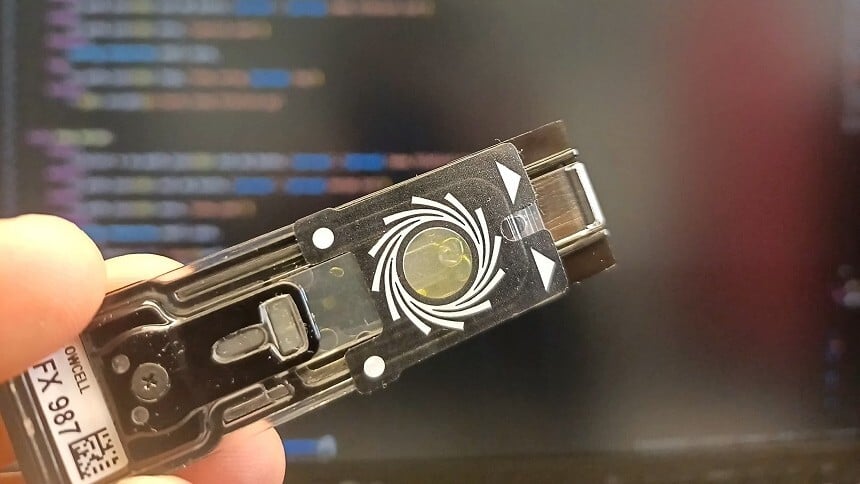Researchers at the Institute of Integrative Systems Biology (I2SysBio) have published a review of long-read transcriptomic sequencing technology, which allows RNA molecules present in all cells and containing genetic information essential for life to be analysed more precisely than traditional methods. This technique is essential for a better understanding of ageing, neurodegenerative diseases or cancer. Article published in Nature Reviews Genetics
Transcriptomics is the study of all RNA (ribonucleic acid) molecules present in a cell or tissue. These are intermediate molecules between DNA and proteins. While DNA contains the genetic information, RNA is the one that allows protein synthesis and the information to be understood by cells. It allows us to understand which genes are active at a given time and what their degree of activation is in different organisms, which is key to understanding the origin and development of many human diseases. It can also be used to study drought or heat resistant plants, to examine less studied organisms such as viruses and bacteria, and was even used by CSIC scientific staff who recently visited Antarctica to study avian influenza.
As explained by Ana Conesa, research professor at the Institute of Integrative Systems Biology (I2SysBio), located in the scientific-academic area of the Science Park of the University of Valencia (PCUV), in addition to joint center of the Superior Council for Scientific Research (CSIC) and the University of Valencia (UV), ensures that "With this research we have provided the scientific community with an essential guide to understanding long-read transcriptomic sequencing technology, both experimental workflows and computational analyses. We present a comprehensive overview of long-read RNA sequencing techniques and cover from experimental design to data processing, identification of different RNA molecules and subsequent analysis".
Until a few years ago, transcriptomics were studied using short-reading sequencing, which involved breaking RNA molecules into small fragments of between 50 and 300 nucleotides, basic units of the DNA and RNA nucleic acids (the famous letters ATCG). This meant that in order to find the original RNA molecule, the puzzle of RNA fragments had to be reconstructed, which caused a great number of errors, as there were very similar sequences between RNAs.
"These studies are of interest because they could contribute to progress in the understanding of neuropsychiatric and neurodegenerative diseases. Currently, it is known that there are differences in the isoform expressed in different regions of the brain and that they are associated with multiple neuronal complications", Carolina Monzó, I2SysBio researcher
As I2SysBio’s fellow researcher Carolina Monzó explains, "long-reading sequencing reads fragments of thousands of nucleotides, allowing complete molecules to be sequenced and RNA to be studied without the need for puzzles. In addition, by sequencing RNA molecules one by one, long readings make it possible to identify their small modifications, called epitranscriptomics, which are fundamental for their function. This was not possible with previous technologies".
Scientific applications
By obtaining sequences of complete RNA molecules, this technology facilitates all kinds of applications and studies where it is important to know precisely the composition and structure of RNA. For example: expression of isoforms (different forms of RNA from the same gene), discovery of new forms of RNA, the annotation of genes in genomes of poorly studied species or the study of differential RNA expression between that produced by the chromosome inherited from the father and the chromosome inherited from the mother, among others.
According to Monzó, "these studies are interesting because they could contribute to the progress in understanding neuropsychiatric and neurodegenerative diseases. At present, it is known that there are differences in the isoform expressed in different regions of the brain and that they are associated with multiple neuronal complications".
Tianyuan Liu, a pre-doctoral student from the Genomic Group of Gene Expression at I2SysBio, also participated in the article. Currently, he has a pre-doctoral contract under the Marie Skłodowska-Curie Actions Doctoral Network LongTREC of the European Union.
Source: UV News
Monzó, C., Liu, T. & Conesa, A. Transcriptomics in the era of long-read sequencing. Nat Rev Genet (2025). DOI: https://doi.org/10.1038/s41576-025-00828-z
--
Recent Posts


